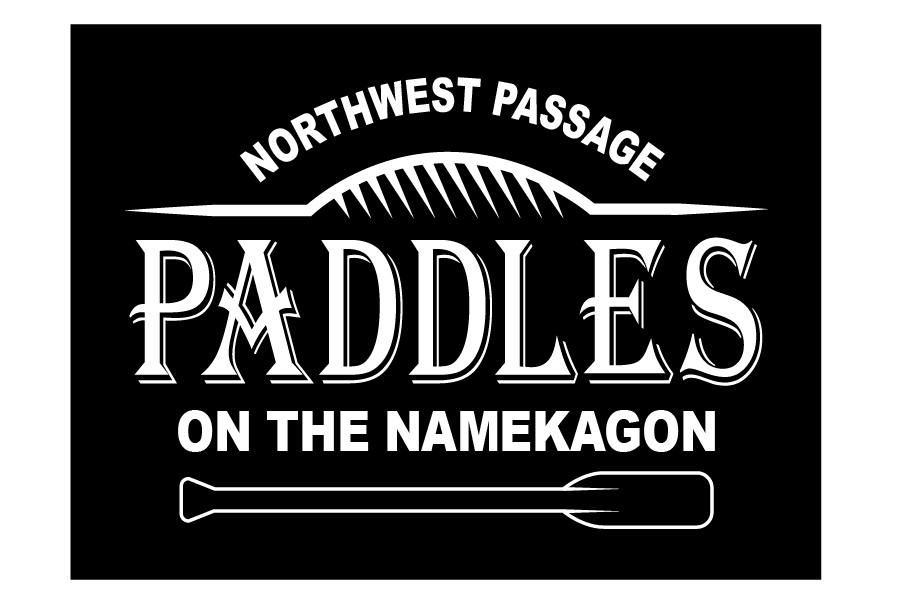by: Kira Yanko, MS, LPC | Northwest Passage III Therapist
A Rather Loose Metaphor…
In the world of mental health, Dialectical Behavioral Therapy is all the rage. It’s the Channing Tatum of psychotherapies…can you tell I’ve worked with adolescent girls for the past eight years?! Although starting primarily with clients diagnosed with Borderline Personality Disorder who possessed a high suicide risk, research has shown DBT to be an effective treatment for any client whose underlying struggle is rooted in emotional dysregulation. Just as Channing has proved he is here to stay in the cinematic world, any early concern that DBT was simply a “buzz word” in the therapy world or a passing fad has long been laid to rest. Also like Channing, DBT is easy on the eyes…so to speak. DBT’s popularity amongst clinicians (aside from its efficacy, of course) comes from how it took aspects of behavioralism, CBT, mindfulness, and emotional regulation and added some “zhush” transforming it into a package that is more palatable by clients leading to greater adherence and success in treatment.
But alas, this is where the similarities end. Although Channing has won a handful of tiny awards and numerous other nominations (the world just doesn’t seem to recognize his thespian talents), accolades for DBT continue to roll in and rightfully so! As DBT continues to gain recognition, work is also being done to combine DBT with other modalities of treatment such as Prolonged Exposure Therapy to address the aftermath of trauma. Even new branches of DBT are being developed to apply to individuals whose underlying symptom issue is emotional loneliness rather than emotional dysregulation. While its core components rest on traditional DBT, Radically Open Dialectical Behavioral Therapy differs in numerous ways to help clients with “Overcontrol Issues.” These have been linked to social isolation, poor interpersonal functioning, hyper-perfectionism, rigidity, risk aversion, and lack of emotional expression. Given this and recognition that Marsha Linehan, the DBT queen herself, is publishing a book revamping DBT for use specifically with adolescents, it seems paramount to learn more about Dialectical Behavioral Therapy, its core components and structure, and how to apply its basics into daily interactions with adolescents.
Dialectical Behavioral Therapy at its core…
DBT is a type of behavioral therapy that aims to help clients move from lives that are strewn with crisis and ineffective behaviors to lives that are meaningful and worth living. Often clients enter treatment engaging in numerous ineffective behaviors such as self harm, suicidal ideation, elopements, physical and verbal aggression, relationship damaging, and substance use. Although these actions present as problems in and of themselves, for our clients they tend to be seen as “solutions,” albeit ineffective, to underlying distress. DBT works to target this distress and teaches our clients new methods of self management and regulation so that they no longer have to resort to self-defeating choices. Luckily for us clinicians it also does all of this working from a very structured framework that grounds and focuses sessions while also reminding us of key principles to ensure effective treatment. And luckily for you, these principles and framework can be adapted to everyday interactions with clients!
check back next week for part 2!
back to the blog!


Recent Comments